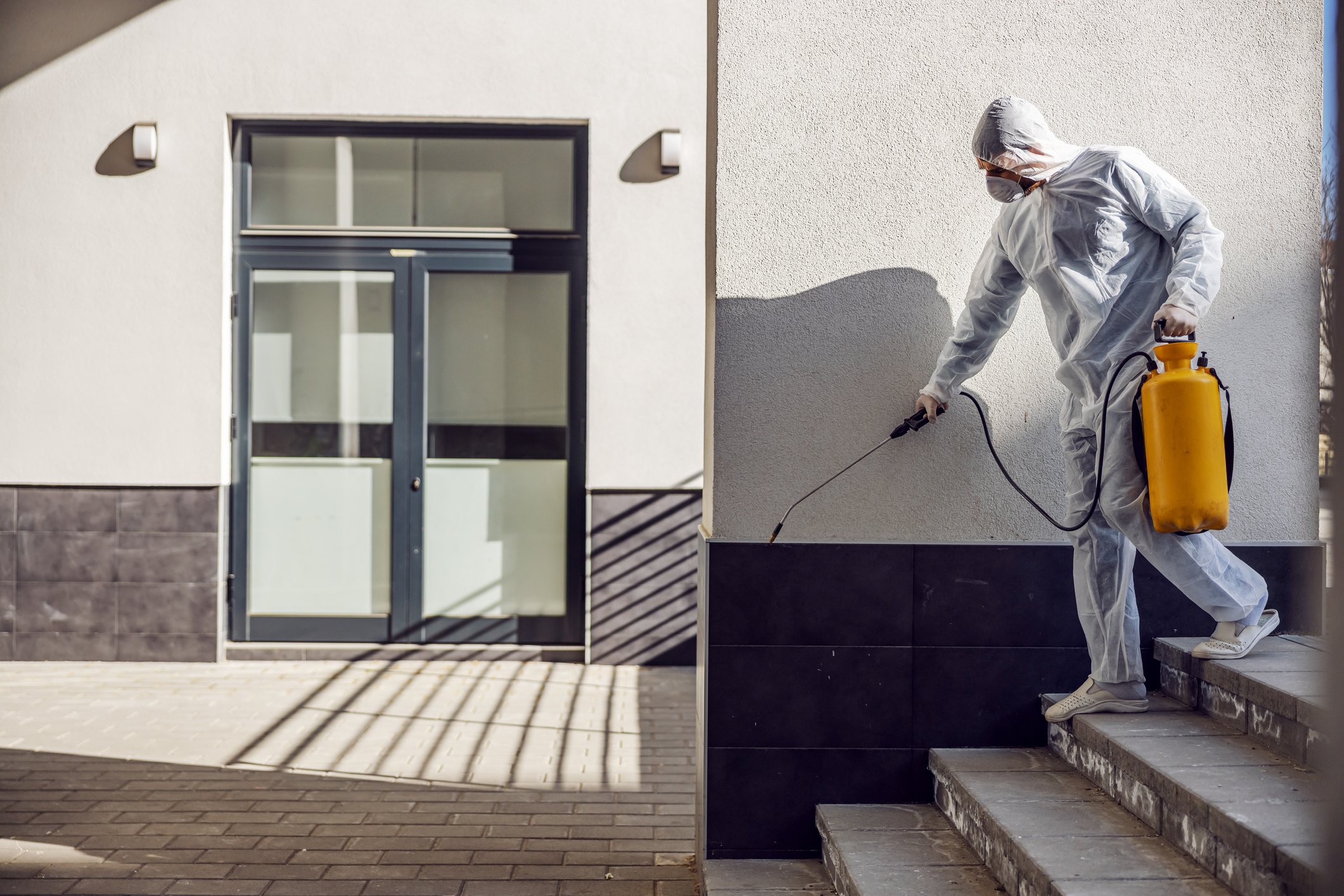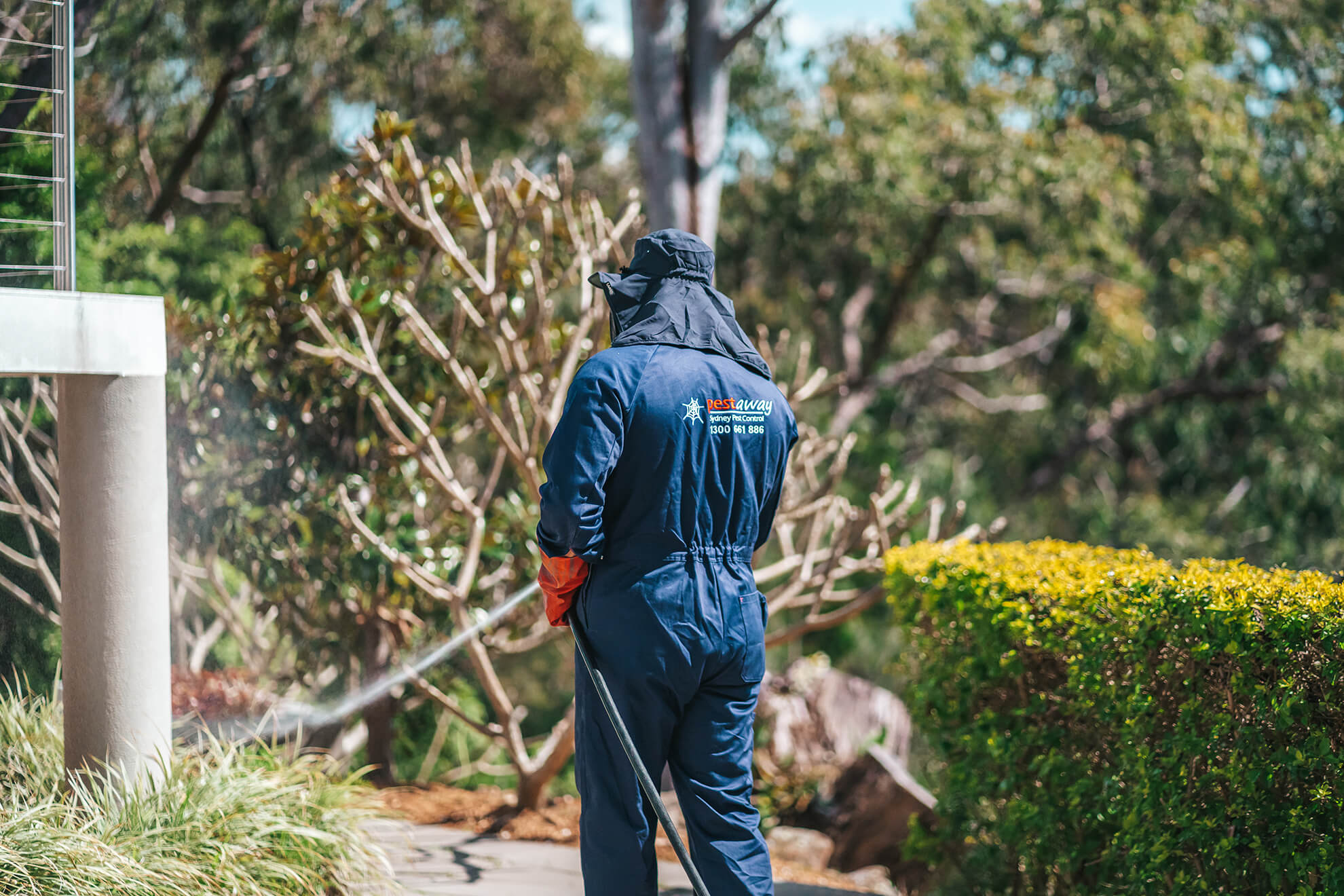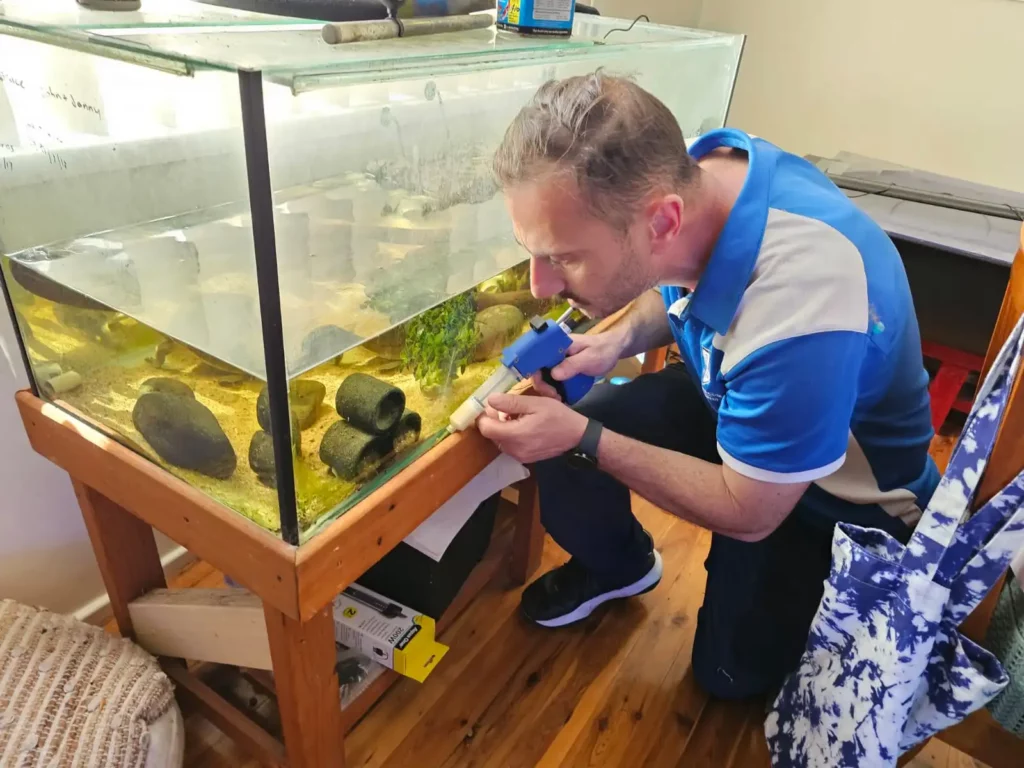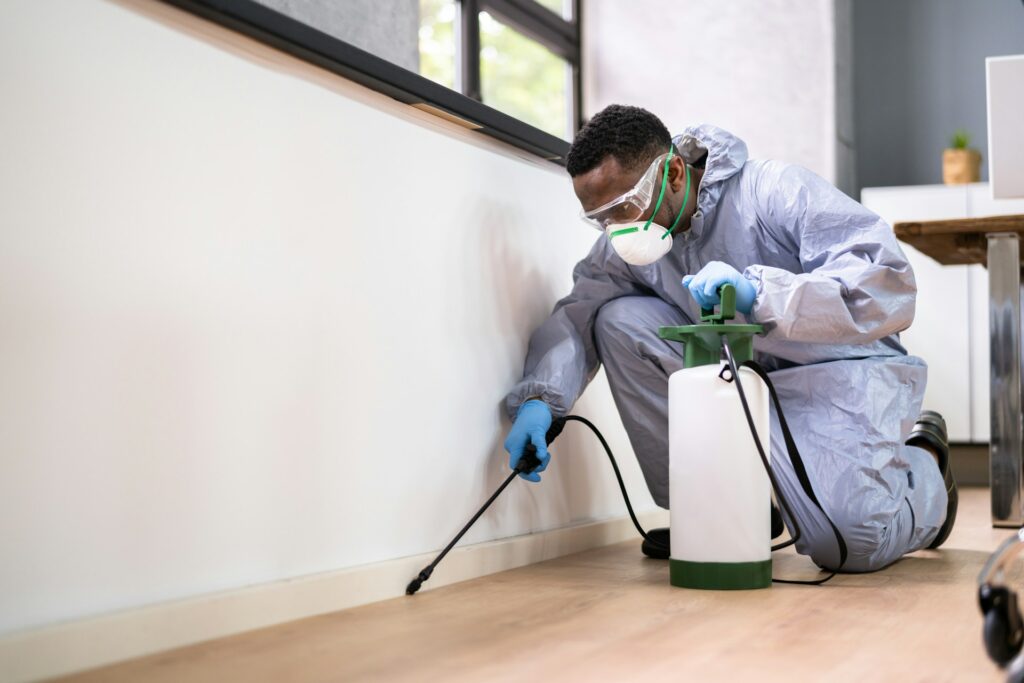Maintaining a pest-free home is essential for ensuring the safety and comfort of its inhabitants. In Sydney, where the climate can be conducive to various pests, regular inspections are vital. This article delves into the importance of pest inspections, the types of pests commonly found in Sydney, and how to choose the right pest inspection service.
The Importance of Pest Inspections
Sydney pest inspections serve as a proactive measure to identify and address potential infestations before they escalate. Regular inspections can save homeowners significant costs in repairs and treatment, as well as protect their health and wellbeing.
Preventative Measures
By conducting routine inspections, homeowners can detect signs of pest activity early. This includes droppings, nests, or damage to property. Addressing these issues promptly can prevent larger infestations and the associated costs of remediation. In addition to identifying existing problems, these inspections can also help homeowners understand their property’s vulnerabilities, allowing them to implement preventative strategies such as sealing entry points and maintaining a clean environment. For example, keeping food stored in airtight containers and ensuring that rubbish is disposed of regularly can significantly reduce the likelihood of attracting pests.
Health Risks
Pests are not just a nuisance; they can pose serious health risks. Rodents, for instance, can carry diseases that affect humans, while insects like cockroaches can trigger allergies and asthma. Regular inspections can help mitigate these risks by ensuring that any pest presence is dealt with swiftly. Furthermore, certain pests, such as ticks and mosquitoes, can transmit more severe illnesses, including Lyme disease and West Nile virus. By prioritising pest inspections, homeowners not only safeguard their property but also protect their families from potential health hazards. The peace of mind that comes from knowing your home is pest-free is invaluable, particularly for families with young children or elderly members, who may be more vulnerable to the adverse effects of pest infestations.
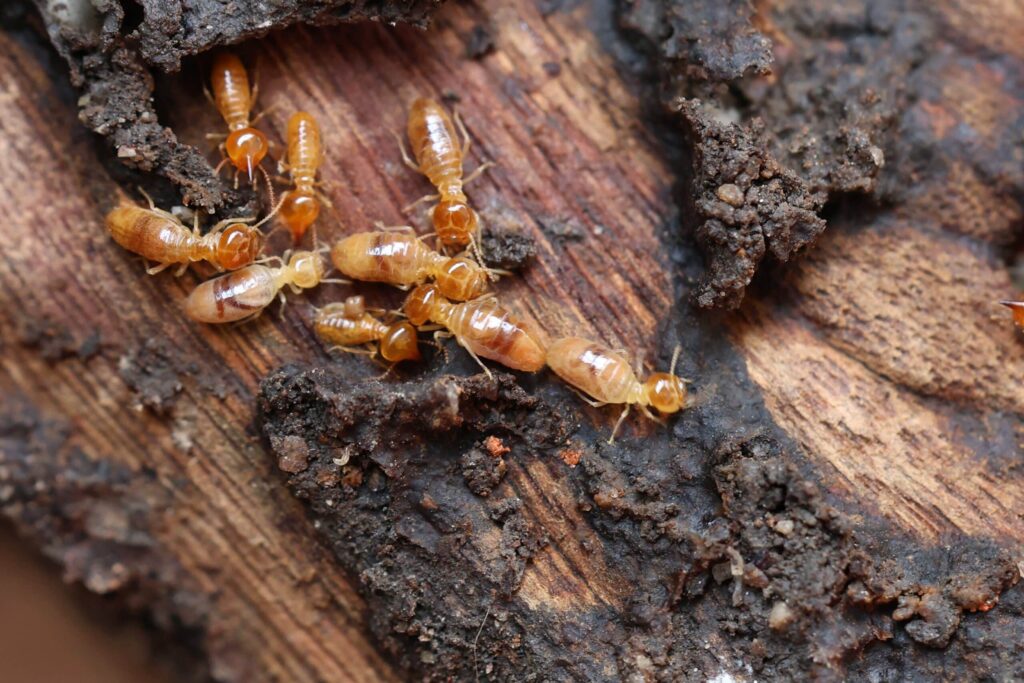
Common Pests in Sydney
Sydney’s diverse environment is home to a variety of pests. Understanding which pests are prevalent in the area can help homeowners be more vigilant and proactive in their pest management efforts.
Termites
Termites are one of the most destructive pests in Sydney, capable of causing extensive damage to wooden structures. They thrive in warm, humid conditions, making Sydney an ideal habitat. Regular inspections can help identify termite activity before it leads to costly repairs. In fact, the cost of termite damage can run into thousands of dollars, which is why many homeowners invest in preventative treatments. With species such as the Eastern Subterranean termite being particularly prevalent, it is crucial to be aware of the signs of infestation, such as mud tubes and hollow-sounding wood. Moreover, homeowners should consider using physical barriers or chemical treatments as part of a comprehensive pest management strategy.
Rodents
Rats and mice are common in urban areas. They not only damage property but can also contaminate food supplies and spread diseases. Inspections can help locate entry points and nesting sites, allowing for effective control measures to be implemented. Rodents are particularly adept at squeezing through small gaps, which makes it essential to seal any potential entry points around the home. Additionally, they reproduce rapidly, meaning that a small problem can escalate into a significant infestation in a short period. To combat this, homeowners should maintain cleanliness, store food in airtight containers, and consider traps or professional pest control services to manage any existing populations. Read more about rodents at https://npic.orst.edu/pest/rodent.html
Insects
Various insects, including cockroaches, ants, and spiders, are prevalent in Sydney homes. While some may be harmless, others can pose health risks or cause damage. Regular inspections can help manage these pests effectively, ensuring a comfortable living environment. Cockroaches, for example, are not only unsightly but can also trigger allergies and asthma in sensitive individuals. Ants, on the other hand, can invade homes in search of food, often leading to large colonies that are difficult to eradicate. Homeowners should be proactive in eliminating food sources and sealing entry points, while also considering natural deterrents such as diatomaceous earth or essential oils. Furthermore, understanding the life cycles of these insects can aid in implementing more effective control measures, ensuring that infestations are dealt with promptly and efficiently.
Choosing the Right Pest Inspection Service
Finding a reliable pest inspection service is crucial for effective pest management. Homeowners should consider several factors when selecting a service provider.
Qualifications and Experience
It is essential to choose a pest inspection service with qualified and experienced professionals. Look for certifications and memberships in relevant industry associations, as these indicate a commitment to best practices and ongoing education.
Reputation and Reviews
Researching the reputation of a pest inspection company is vital. Online reviews and testimonials can provide insights into the experiences of previous clients. A company with a strong reputation is more likely to deliver quality service.
Comprehensive Services
Opt for a pest inspection service that offers a comprehensive range of services. This includes not only inspections but also treatment options and follow-up services. A holistic approach ensures that any pest issues are effectively addressed and managed.
The Pest Inspection Process
Understanding what to expect during a pest inspection can help homeowners prepare and feel more at ease. The process typically involves several key steps.
Initial Consultation
During the initial consultation, the pest inspector will discuss any concerns the homeowner may have. This is an opportunity to highlight specific areas of concern, such as previous pest activity or areas of the home that may be more susceptible to infestations.
Thorough Inspection
The inspector will then conduct a thorough examination of the property. This includes checking both the interior and exterior for signs of pest activity. Common areas of focus include basements, attics, crawl spaces, and around the foundation of the home.
Report and Recommendations
After the inspection, the pest inspector will provide a detailed report outlining their findings. This report will include any signs of pest activity, potential entry points, and recommendations for treatment or preventative measures. Understanding this report is crucial for homeowners to take appropriate action.
Cost of Pest Inspections
The cost of pest inspections in Sydney can vary based on several factors, including the size of the property and the extent of the inspection required. Understanding these costs can help homeowners budget effectively.
Factors Influencing Cost
Several factors can influence the cost of a pest inspection. Larger properties may require more time and resources to inspect thoroughly, leading to higher costs. Additionally, if the inspection involves specialised services, such as thermal imaging for termite detection, this may also increase the price.
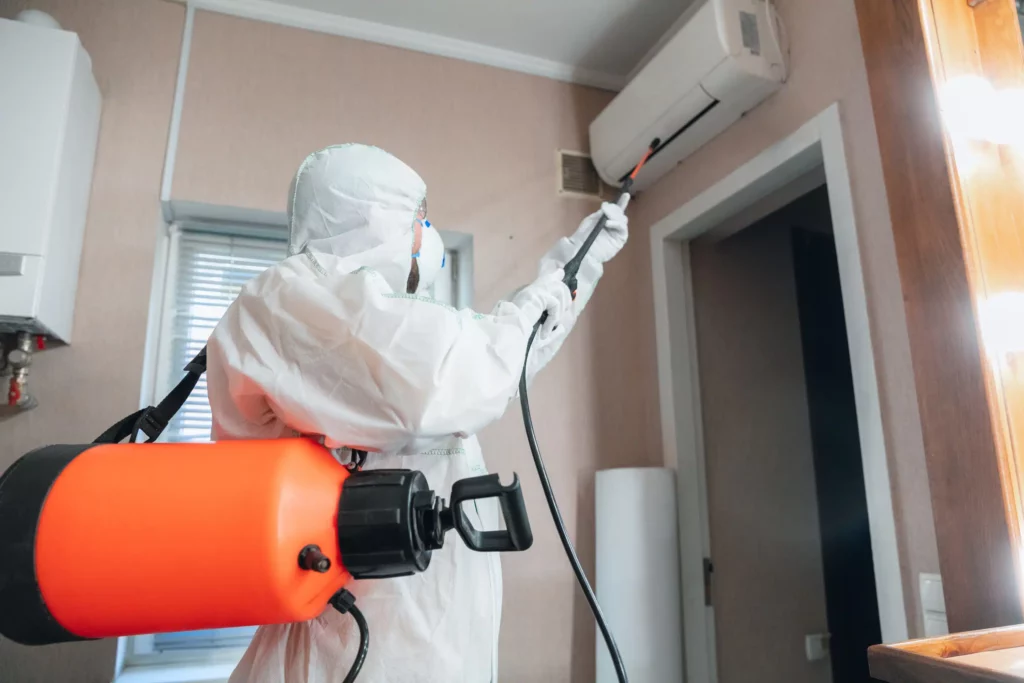
Potential Savings
While the upfront cost of a pest inspection may seem significant, it is essential to consider the potential savings. Early detection of pests can prevent more extensive damage and costly repairs down the line. Investing in regular inspections can ultimately save homeowners money in the long run.
DIY Pest Inspections vs Professional Services
Some homeowners may consider conducting their own pest inspections to save money. However, there are several advantages to hiring a professional service.
Expertise and Knowledge
Professional pest inspectors have the training and experience to identify signs of pest activity that an untrained eye may miss. They are familiar with the behaviours and habitats of various pests, allowing for a more thorough inspection. To learn about the dangers of DIY pest control click here.
Access to Advanced Tools
Many pest inspection services utilise advanced tools and technology, such as moisture meters and thermal imaging cameras, to detect hidden pests. These tools can provide a more accurate assessment of a property’s pest situation, which is often beyond the capabilities of DIY methods.
Conclusion
In conclusion, regular pest inspections are a crucial component of maintaining a pest-free home in Sydney. By understanding the importance of inspections, the common pests in the area, and how to choose the right service, homeowners can take proactive steps to protect their properties. Investing in professional pest inspections not only ensures the safety and comfort of the home but can also save significant costs in the long run. A pest-free home is not just a luxury; it is a necessity for health and wellbeing.
Related : Exterminator Sydney: How to Get Rid of Pests Quickly and Safely

